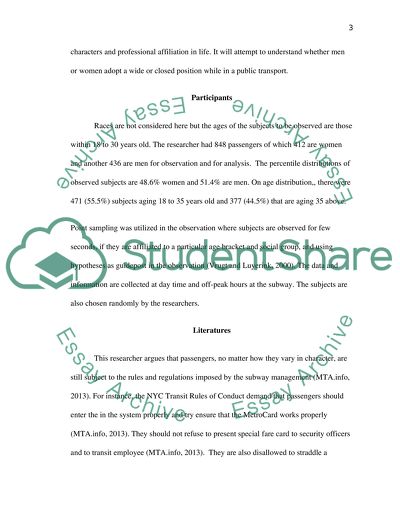Cite this document
(“Sexual differences in posture related human behavior on subways Research Paper”, n.d.)
Retrieved from https://studentshare.org/psychology/1486564-sexual-differences-in-posture-related-human
Retrieved from https://studentshare.org/psychology/1486564-sexual-differences-in-posture-related-human
(Sexual Differences in Posture Related Human Behavior on Subways Research Paper)
https://studentshare.org/psychology/1486564-sexual-differences-in-posture-related-human.
https://studentshare.org/psychology/1486564-sexual-differences-in-posture-related-human.
“Sexual Differences in Posture Related Human Behavior on Subways Research Paper”, n.d. https://studentshare.org/psychology/1486564-sexual-differences-in-posture-related-human.


